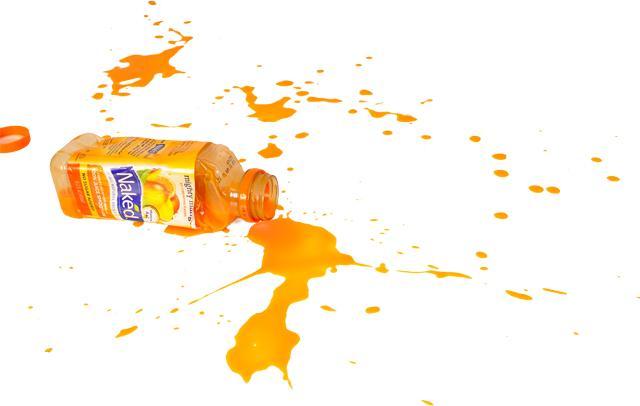The circulation of information on nutrition and food labels can make it hard to find the best foods on the market. However, some foods seem to be the stars of the produce aisle, labeling themselves “Superfoods.” This title can lead people to believe it’s healthy to only eat “Superfoods.” This is false .
“I think you have to be careful when you hear the term ‘superfoods ,'” Sarah Ash, nutrition professor, said. “Not that they’re not good foods, they just have a better ‘cheering section’ than other foods.”
According to Ash, while fruits like blueberries and pomegranates are good for you, the reason people call them “superfoods” is due to the marketing strategies of the industry that produces them.
Although there are no miracle foods, there are nutrient-packed foods that you should make a part of your diet, which most people label as “superfoods.” These foods, according to Suzie Goodell , assistant professor of nutrition, have nutrients and minerals that your body needs to function optimally.
With all of the marketing out there, you may wonder how you can find the most nutrient-packed, “superfoods” out there. The answer is simple: color. Goodell said, “Eat a rainbow a day,” According to Goodell , if you focus on eating a naturally colorful plate, instead of focusing on a “superfood” you will consume the necessary vitamins and minerals and will be better off.
“We try to have a lot of color because we want it to look pretty,” Lisa Eberhart, N.C. State dining dietician, said. “But color is also a sign of good nutrition.”
The process of selecting foods for the dining halls considers many factors affecting students. According to Eberhart, when creating the menu with the dining hall managers and chefs, they must have vegetarian and vegan options every day; they’re trying to have a gluten-free entree every day.
According to Eberhart, things with a lot of color also have antioxidants. These foods include spinach, sweet potatoes and blueberries. There is research out there linking free radicals to cancer and other gene-mutating diseases, which antioxidants would counteract. However, there is no definite answer out there. According to Goodell, in certain situations, if you have too much of a certain substance, it could trigger free radical production. “Eating the same thing everyday is not healthy, even if it’s a salad,” Goodell said. According to Goodell, you need a variety in your food consumption.
Some people believe in eating for certain situations, such as building up an immune system. However, according to Ash, it’s hard to do research on certain nutrients curing common ailments. While most people believe Vitamin C helps with a cold, a better measure would be to regularly wash your hands, according to Ash.
While studying for an organic chemistry final, you may turn to food as a supplement for the falling energy levels you experience as today turns into tomorrow. However, Ash, Goodell and Eberhart agree that nothing is better than sleeping. Although you may decide to drink five cups of coffee, there’s research that shows your brain continues to work problems while you sleep, according to Goodell.
Another fact to consider, according to Eberhart, is that you’re more likely to get sick and less likely to retain information when you’re tired. “The sad reality is that there’s no substitute for getting sleep,” Ash said. However, if you still decide to embark on an “all-nighter,” avoid carbs at all costs. According to Ash, carbs will put you to sleep even more than the dry literature in your textbooks.
While “superfoods” are not miracle substances, there are some very nutrient-rich foods out there. Instead of focusing on those specific foods, however, you may want to try the simple solution and make your plate more colorful.








